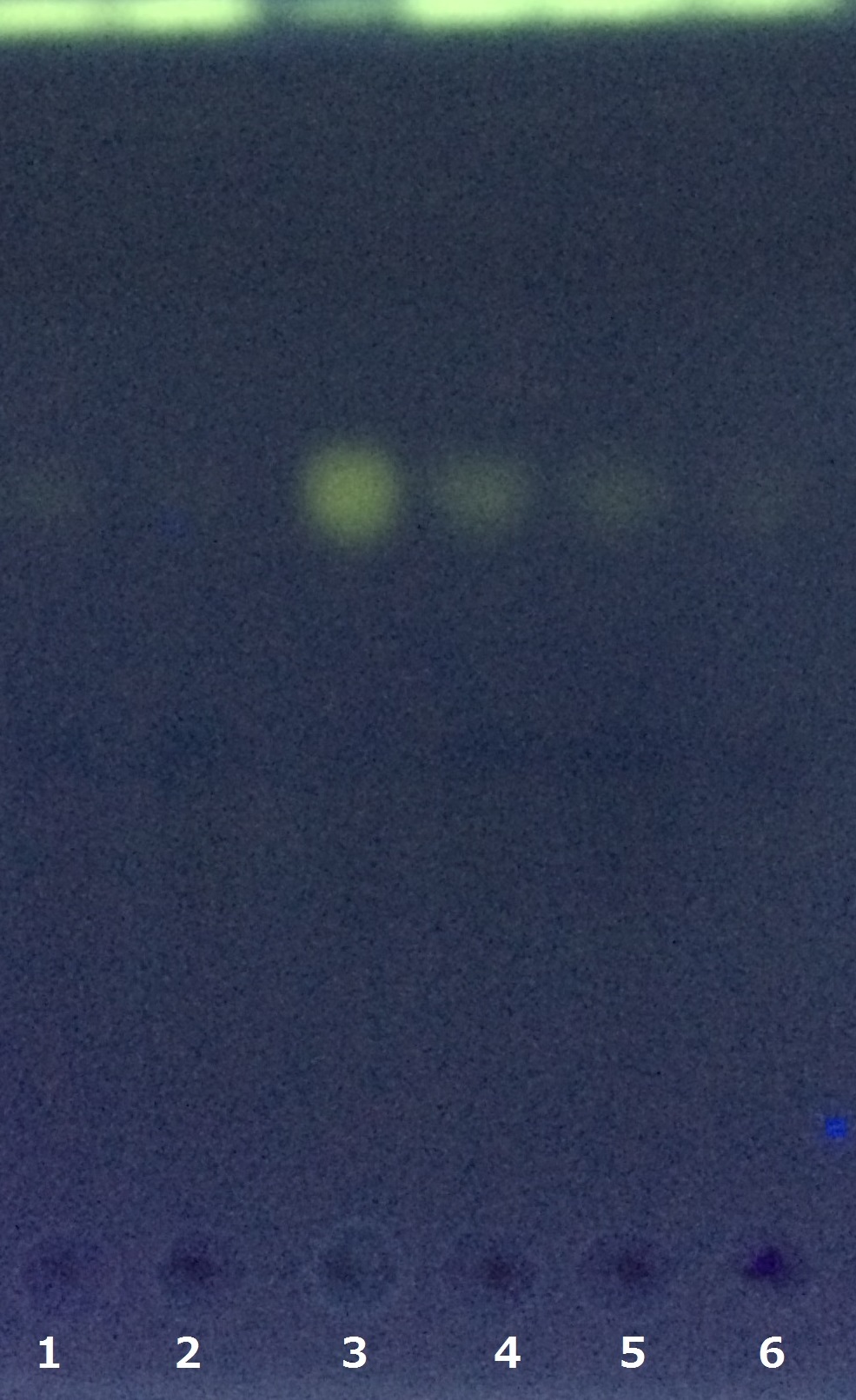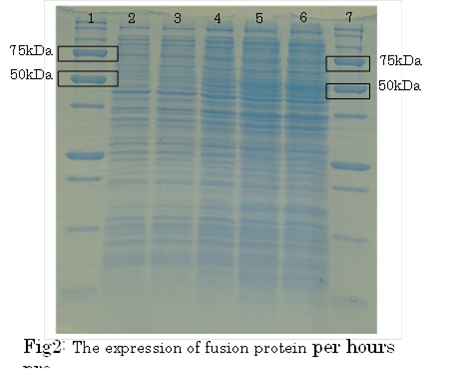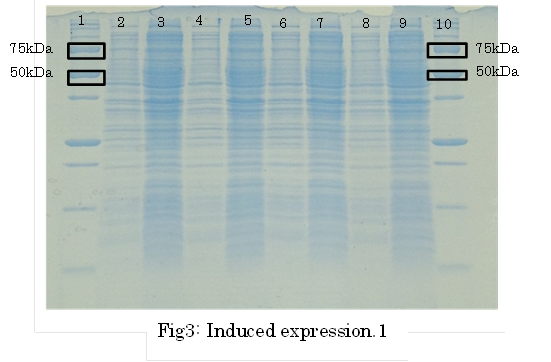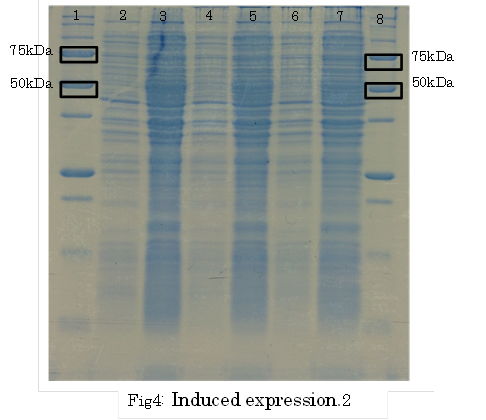Team:Nagahama project
From 2014.igem.org
| ||||||||||||||
Contents |
Our Project
Modeling
We consigned modeling of our project to
UT-Tokyo.
This model means random walk of E.coli on swarming plate.The vertical axis means arbitrary unit.The horizontal axis means spatial axis.
This model means positive chemotaxis by E.coli.Assuming that distill aspartate center of swarming plate. E.coli gather to distilled point.
This model means negativeChemotaxis by E.coli.Assuming that distill cadmium center of swarming plate. E.coli run away from distilled point.
This model means our project.
Assuming that distill cadmium (spatial axis 500). E.coli run away from distilled point (spatial axis 350~450 and 550~650). At that time E.coli`s cadmium promoter is operate. Asparatate is produced by E.coli.
Method
Medium
Aspartate synthesis
E.coli K12 transformed with CdP-R.B.S-AspA-d.Ter (BBa_K1342001) previous cultured with cadmium in LB medium (250μM) in 37℃ for 12hr at 120rpm. Adjust Cell mass (OD1.0) and therefor centrifuged 4000rpm for 20 min. Cell pellets ware activated in synthesis medium in 37℃ for 2hr at 120rpm/min.
SDS PAGE
・Preculture E.coli holding a plasmid containing a target gene or nomal E.coli.
・Measure OD600 0.6-1.0
・the expression of fusion protein by isopropylthio-β-D-galactoside (IPTG) and Cd2+ soln.
・Transfer a sample a 200 µl in a microcentrifuge tube
・Centrifuge at 13,000rpm for a minute at 4℃
・Discard supernatant quantitative
・Store pellet at -20 °C
・Thaw pellet and resupend in Sample Buffer (100 µL 1xSample Buffer per samples)
・Heat for 5 minutes at 98 °C
・Centrifuge at 13,000rpm for 10 minutes at 4℃
・Transfer supernatant to a new microcentrifuge tube
・Analyze samples by SDS-PAGE.(Use 20 µL per samples)
TLC assay
We analyzed L-aspartate by thin-layer chromatography (TLC). The same amount added Supernatant of synthesis medium to 7mg/mL 5-Dimethylamino naphthalene-1-sulfonyl Chloride (in Acetone) and incubated more than 30min. Two microliters of the sample was placed onto a TLC silica plate, and developed in a mixture of Ethyl acetate, pyridine, water, and acetic acid(162:21:11:6 V/V).
Chemotaxis Assay
Swarmming Assay
Capillary Assay
Chemotaxis of a bacterium such as E.coli is assayed by measuring the number of organisms attracted into a capillary tube containing an attractant.
Preculture JM109 using tripton broth (Incubate 50rpm/min 30℃ 12hr) Check motility under the microscope.Diluting the E.coli culture 100 times. (tripton broth:E.coli culture=20mL:200㎕)Incubate 50rpm/min 30℃ (until log phase)500㎕ into two tubes.Centrifuge two tubes in low speed. (25℃ 10min in 3400G)Throw away the clear top of liquid.Add wash medium(500㎕)Resuspending pellets softlyDo 5~9 againAdd chemotaxis medium(500㎕)Resuspending pellets softly.Check motility under the microscope.E.coli chemotaxis medium into chamber preparation(100㎕)Prepare the positive and negative control capillary.(1㎕ of 10mM aspartate chemotaxis medium and chemotaxis medium into capillary.)Two capillary into chamber preparation.90mim 30℃ incubationDilute the chemotaxis buffer in capillary`s liquid 100 times.Prating to LBmedium.37℃ 12h incubation.Counting the colony.Finish
Result & Discussion
TLC Assay

SDS PAGE
 1. marker 2. 0hr 3. 0.5hr 4. 2hr 5. 6hr 6. 24hr 7. Marker
marker:Precision Plus Protein Standards (BIO-RAD)
1. marker 2. 0hr 3. 0.5hr 4. 2hr 5. 6hr 6. 24hr 7. Marker
marker:Precision Plus Protein Standards (BIO-RAD)
OD600=0.74
CdCl2 100μM/IPTG 1mM
 "
"






